Bannayan Riley Ruvalcaba Syndrome
Bannayan riley ruvalcaba syndrome. Macrocephaly larger head size lipomas benign fatty tumors. 99 rows Bannayan-Riley-Ruvalcaba syndrome BRRS is a genetic condition that leads to the growth of both non-cancerous and cancerous tumors. Bannayan-Riley-Ruvalcaba syndrome BRRS is characterised by macrocephaly intestinal hamartomatous polyps lipomas pigmented maculae of the glans penis developmental delay and mental retardation.
Patients with Bannayan-Riley-Ruvalcaba syndrome BRRS generally have large heads polyps of the intestines lipomas and freckling of the head of the penis glans. The syndrome follows an autosomal dominant pattern of inheritance. BRRS is a rare dominant autosomal inherited disorder characterized by the presence of macrocephaly lipomatosis hemangiomata intestinal hamartomatous polyps pigmentary spotting of the penis and mental retardation 13.
Bannayan-Riley-Ruvalcaba syndrome is a congenital disorder characterized by macrocephaly intestinal polyposis lipomas and pigmented macules of the penis. BannayanRileyRuvalcaba syndromeBRRS or BRR syndrome is a very rare autosomal dominant hamartomatous disorder caused by a mutation in the PTENgene. There is limited published radiologic literature on the syndrome.
Finally we discuss the relationship between the syndrome and juvenile polyposis of infancy. PTEN hamartoma tumor syndrome PHTS includes the conditions Cowden syndrome and Bannayan-Riley-Ruvalcaba syndrome BRRS. Bannayan-Riley-Ruvalcaba syndrome is a genetic condition characterized by a large head size macrocephaly multiple noncancerous tumors and tumor-like growths called hamartomas and dark freckles on the penis in males.
Bannayan-Riley-Ruvalcaba Syndrome BRRS is a congenital disorder characterized by macrocephaly intestinal polyposis lipomas and enlargement and spotty pigmentation of. You may have seen it referred to as Ruvalcaba-Myhre syndrome Riley-Smith syndrome or Bannayan-Zonana syndrome. Symptoms of BRRS may include large head size increased birth weight developmental delay and intellectual disability.
High birth weight developmental delays learning disabilities andor autism and weakness of certain muscles. Bannayan-Riley-Ruvalcaba syndrome BRRS is a rare condition with hamartomatous polyps of the small and large intestines. The use of different names can be confusing.
It is associated with. The PTEN hamartoma tumor syndrome PHTS includes Cowden syndrome CS Bannayan-Riley-Ruvalcaba syndrome BRRS PTEN-related Proteus syndrome PS and Proteus-like syndrome.
From GHRBannayan-Riley-Ruvalcaba syndrome is a genetic condition characterized by a large head size macrocephaly multiple noncancerous tumors and tumor-like growths called hamartomas and dark freckles on the penis in males.
You may have seen it referred to as Ruvalcaba-Myhre syndrome Riley-Smith syndrome or Bannayan-Zonana syndrome. The syndrome follows an autosomal dominant pattern of inheritance. Bannayan-Riley-Ruvalcaba syndrome BRRS is a rare genetic disorder that is present at birth and is characterized by a large head size macrocephaly pigmented spots maculae on the penis and benign tumors and tumor-like growths in the intestine called hamartomas. You may have seen it referred to as Ruvalcaba-Myhre syndrome Riley-Smith syndrome or Bannayan-Zonana syndrome. We expand the phenotypic spectrum to include Hashimoto thyroiditis which occurred in 7 of our cases. Deletion of PTEN in a patient with Bannayan-Riley-Ruvalcaba syndrome suggests allelism with Cowden disease. Bannayan-Riley-Ruvalcaba syndrome is a rare autosomal dominant genodermatosis with the classical triad of macrocephaly genital lentiginosis and intestinal polyposis. CS is a multiple hamartoma syndrome with a high risk for benign and malignant tumors of the thyroid breast and endometrium. Bannayan-Riley-Ruvalcaba syndrome is a genetic condition characterized by a large head size macrocephaly multiple noncancerous tumors and tumor-like growths called hamartomas and dark freckles on the penis in males.
Bannayan-Riley-Ruvalcaba syndrome is a genetic condition characterized by a large head size macrocephaly multiple noncancerous tumors and tumor-like growths called hamartomas and dark freckles on the penis in males. CS is a multiple hamartoma syndrome with a high risk for benign and malignant tumors of the thyroid breast and endometrium. It is considered in the family of hamartomatous polyposissyndrome. The syndrome follows an autosomal dominant pattern of inheritance. Bannayan-Riley-Ruvalcaba syndrome BRRS is a rare condition with hamartomatous polyps of the small and large intestines. The signs and symptoms of Bannayan-Riley-Ruvalcaba syndrome are present from birth or become apparent in early childhood. Bannayan-Riley-Ruvalcaba syndrome BRRS is characterised by macrocephaly intestinal hamartomatous polyps lipomas pigmented maculae of the glans penis developmental delay and mental retardation.





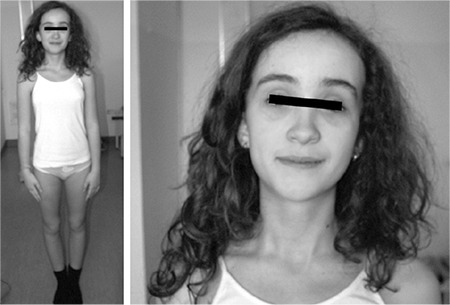




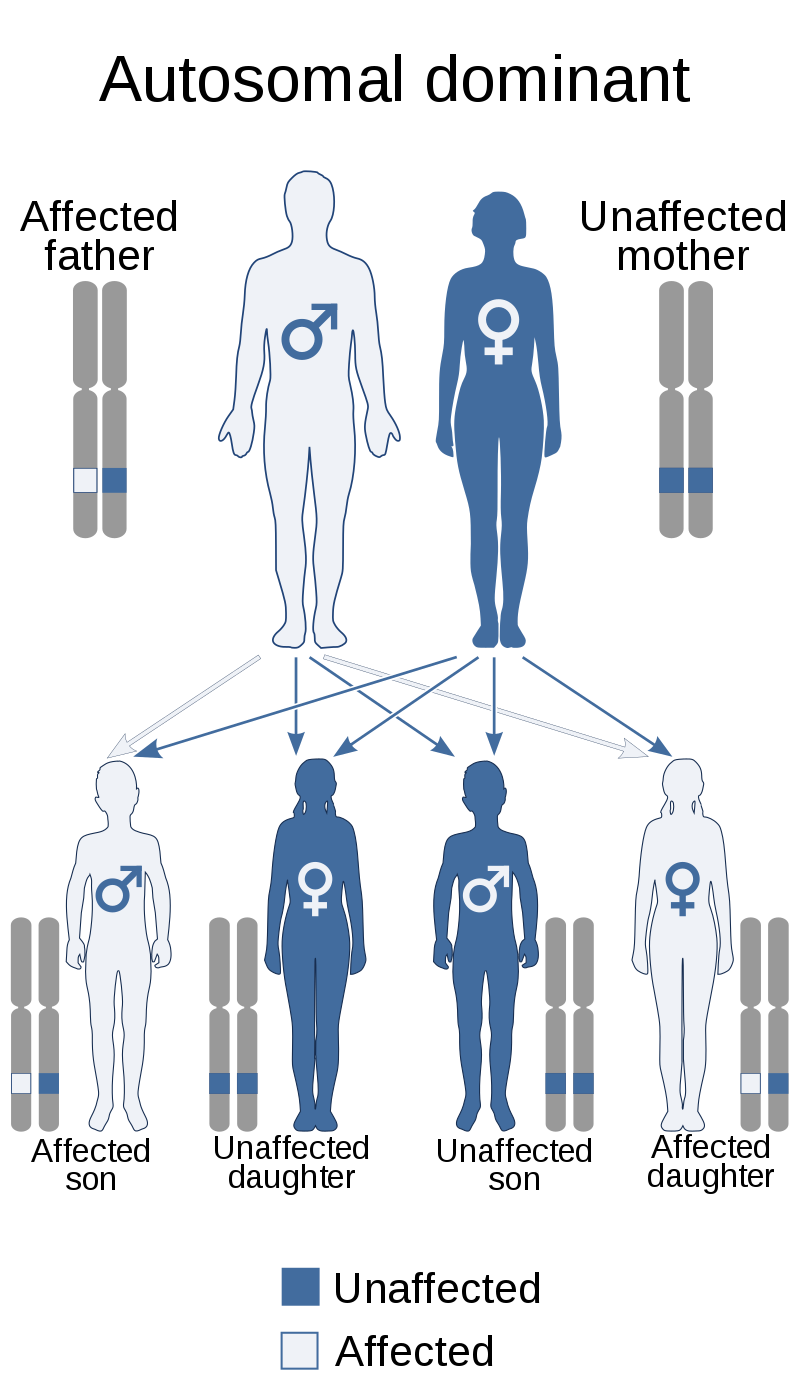

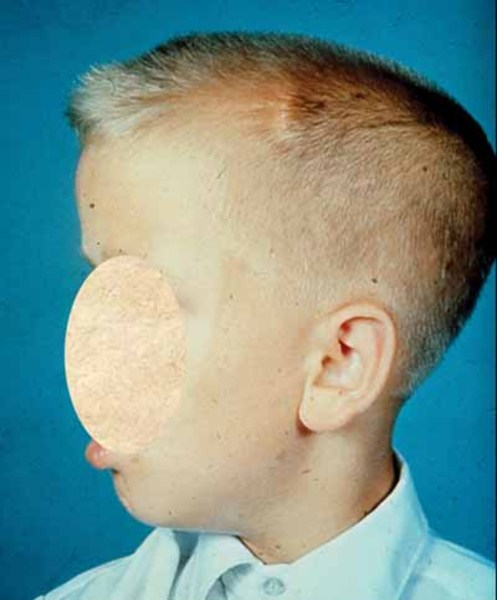

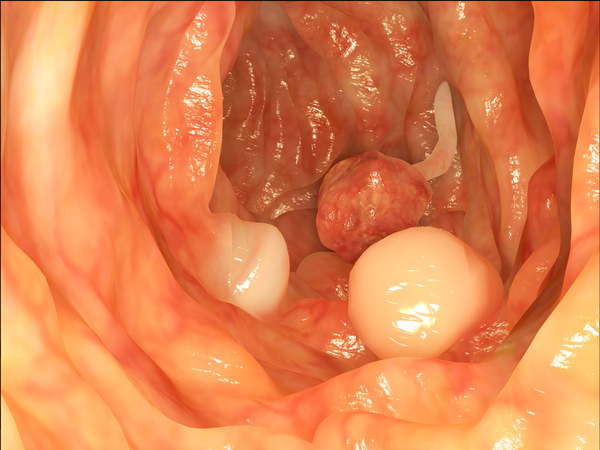

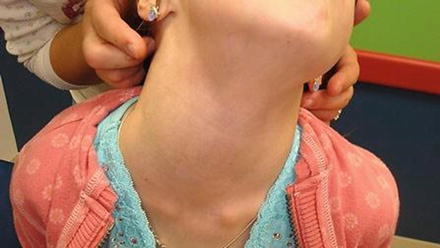

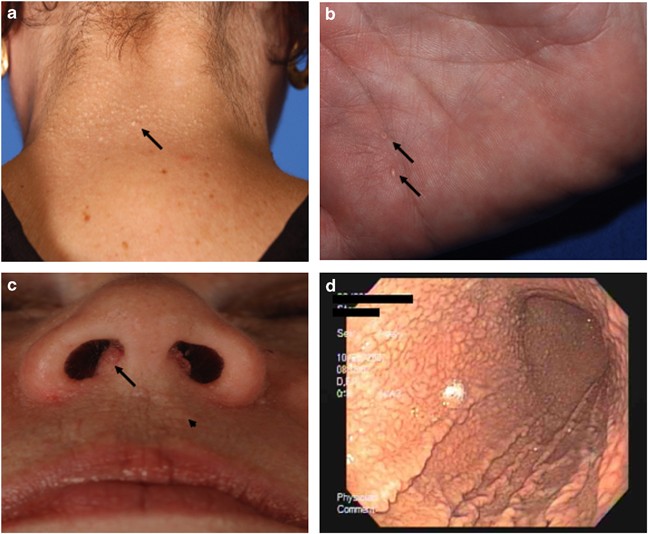

















Post a Comment for "Bannayan Riley Ruvalcaba Syndrome"